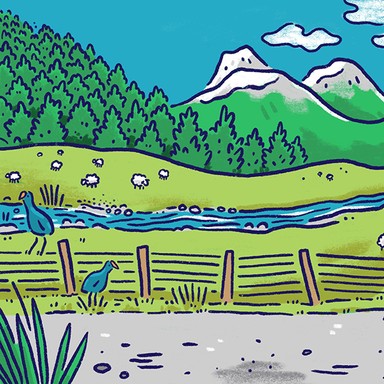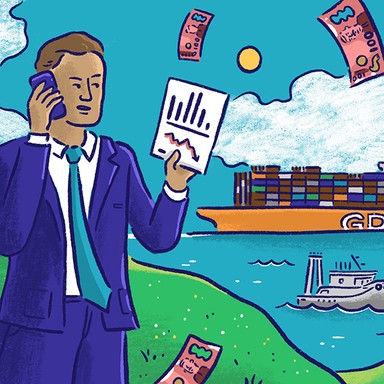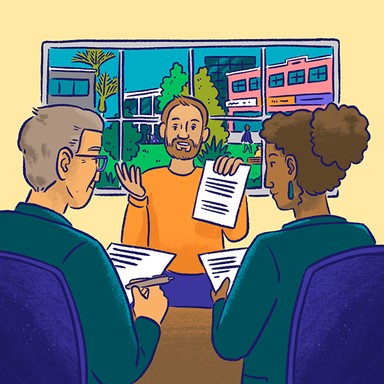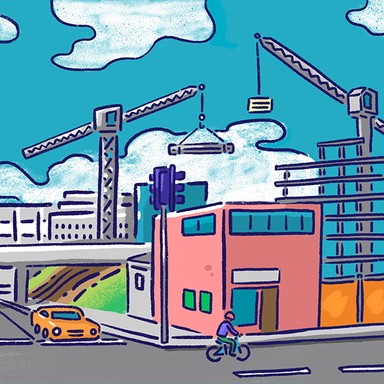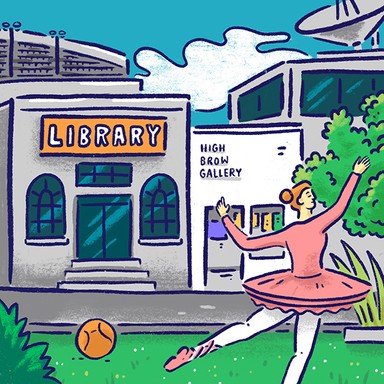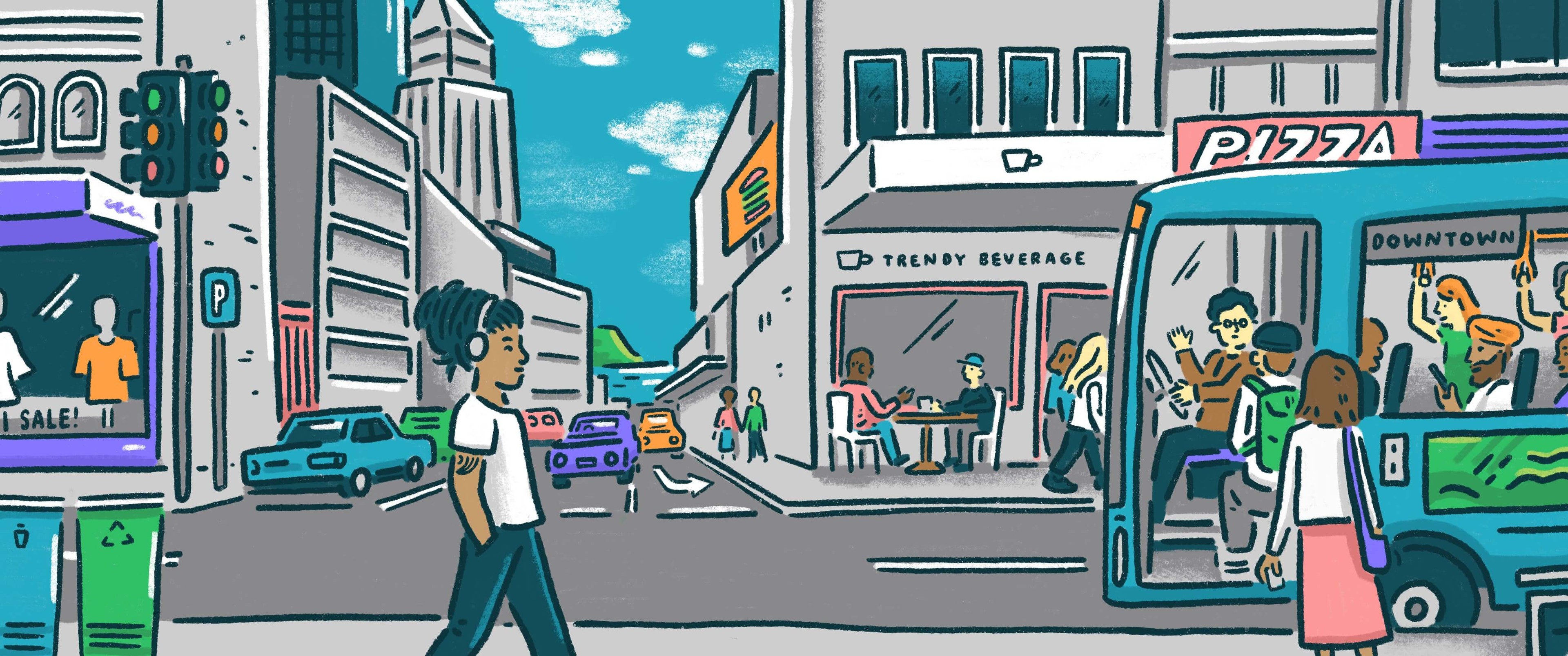
Hamilton City Council
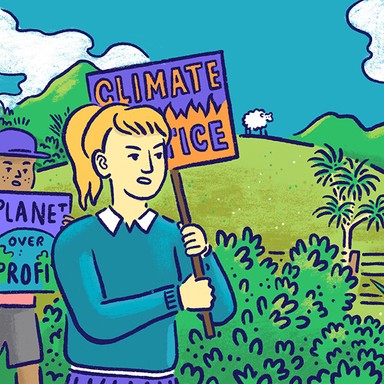
Climate change and resilience
Climate change poses a huge challenge for communities as more frequent extreme weather events require us to rethink how we live and where. Local authorities are at the forefront of efforts to respond, with responsibilities for environmental planning and regulation, as well as civil defence. Many councils have plans to reduce emissions in their area and are working to help their communities adapt to a warming world.

Climate change and resilience
Climate change poses a huge challenge for communities as more frequent extreme weather events require us to rethink how we live and where. Local authorities are at the forefront of efforts to respond, with responsibilities for environmental planning and regulation, as well as civil defence. Many councils have plans to reduce emissions in their area and are working to help their communities adapt to a warming world.
Look at how we are producing energy in our city and find opportunities to use environmentally friendly methods.
Back local businesses to make the switch and transition to a low-carbon economy.
Incorporate multi-modal transport planning and design guidance to keep in line with our growth.
Reduce climate change emissions.
Accelerate climate change reduction targets.
Invest in alternative transport to reduce transport-related emissions.
Invest more in bus stop infrastructure to provide better shade and seating for residents waiting for the bus.
Advocate regional council to invest in lower emission or electric buses.
Advocate local MPs and government ministers to provide more funding for alternative transport infrastructure.
Engage in seeking a way forward in reducing CO2 emissions. Use expert scientific data to combat harmful emissions into the atmosphere.
Use my legal background to interrogate the facts surrounding climate change. Evaluate the claims that it is anthropogenic and take action.
Evaluate Hamilton's ability to deal with disasters such as floods, landslides, earthquakes and fires as per the National Emergency Management Agency (NEMA) guidelines.
Create more efficient public transport opportunities that encourage people to use buses more.
Commit to providing people with the necessary education about climate change and its effects.
Make a commitment to plant more trees.
Encourage community tree planting.
Change large public transport buses that run on diesel to more environmentally friendly options.
Create mini forests of native trees using Miyawaki system on council reserves.
Reduction of our city's transport emissions by (baseline of 2022) 15% by 2030, 45% by 2040, and 75% by 2050.
Develop phased transport infrastructure plan so 30% of Hamiltonians use public transport and 15% use active modes (cycle/walk) by 2030.
Increase capital expenditure on public transport and actives modes as a percent of council's total budget to five percent in the next 10-year plan.
Ensure safe, efficient, affordable walking, cycling, and public transport options to reduce the carbon emissions in our transport system.
Invest in our infrastructure to be climate-resilient – especially those affected by higher temperatures and extreme weather events.
Support and enable local communities to become climate-resilient through locally-led, co-designed initiatives.
Establish a climate sanctuary city to accommodate those coastal communities adversely impacted by flooding caused by climate reform.
Reduce emissions by implementing the biking and micromobility plan to increase mode choice and reduce the need to travel by car.
Build into future planning and growth policy climate change goals and outcomes.
Improve infrastructure planning and design to develop the 20 Minute Neighbourhood concept.
Fund infrastructure to make it easier to choose a low-carbon commute, by biking, walking and taking public transport.
Fund our Nature in the city Strategy which aims to restore Hamilton's native vegetation cover from 2% to 10% by 2050.
Establish additional electric vehicle charging locations as a priority as part our implementation of our climate change strategy.
Reduce transport emissions through providing low carbon choices, including safe walking and cycling and frequent public transport.
Promote good urban form and walkable neighbourhoods that reduce the need to travel by private car.
Ensure we take future climate change impacts into account when building infrastructure and community facilities.
Look at how we are producing energy in our city and find opportunities to use environmentally friendly methods.
Back local businesses to make the switch and transition to a low-carbon economy.
Incorporate multi-modal transport planning and design guidance to keep in line with our growth.
Reduce climate change emissions.
Accelerate climate change reduction targets.
Invest in alternative transport to reduce transport-related emissions.
Invest more in bus stop infrastructure to provide better shade and seating for residents waiting for the bus.
Advocate regional council to invest in lower emission or electric buses.
Advocate local MPs and government ministers to provide more funding for alternative transport infrastructure.
Engage in seeking a way forward in reducing CO2 emissions. Use expert scientific data to combat harmful emissions into the atmosphere.
Use my legal background to interrogate the facts surrounding climate change. Evaluate the claims that it is anthropogenic and take action.
Evaluate Hamilton's ability to deal with disasters such as floods, landslides, earthquakes and fires as per the National Emergency Management Agency (NEMA) guidelines.
Create more efficient public transport opportunities that encourage people to use buses more.
Commit to providing people with the necessary education about climate change and its effects.
Make a commitment to plant more trees.
Encourage community tree planting.
Change large public transport buses that run on diesel to more environmentally friendly options.
Create mini forests of native trees using Miyawaki system on council reserves.
Reduction of our city's transport emissions by (baseline of 2022) 15% by 2030, 45% by 2040, and 75% by 2050.
Develop phased transport infrastructure plan so 30% of Hamiltonians use public transport and 15% use active modes (cycle/walk) by 2030.
Increase capital expenditure on public transport and actives modes as a percent of council's total budget to five percent in the next 10-year plan.
Ensure safe, efficient, affordable walking, cycling, and public transport options to reduce the carbon emissions in our transport system.
Invest in our infrastructure to be climate-resilient – especially those affected by higher temperatures and extreme weather events.
Support and enable local communities to become climate-resilient through locally-led, co-designed initiatives.
Establish a climate sanctuary city to accommodate those coastal communities adversely impacted by flooding caused by climate reform.
Reduce emissions by implementing the biking and micromobility plan to increase mode choice and reduce the need to travel by car.
Build into future planning and growth policy climate change goals and outcomes.
Improve infrastructure planning and design to develop the 20 Minute Neighbourhood concept.
Fund infrastructure to make it easier to choose a low-carbon commute, by biking, walking and taking public transport.
Fund our Nature in the city Strategy which aims to restore Hamilton's native vegetation cover from 2% to 10% by 2050.
Establish additional electric vehicle charging locations as a priority as part our implementation of our climate change strategy.
Reduce transport emissions through providing low carbon choices, including safe walking and cycling and frequent public transport.
Promote good urban form and walkable neighbourhoods that reduce the need to travel by private car.
Ensure we take future climate change impacts into account when building infrastructure and community facilities.
Mayor
Compare the mayoral candidates in your area
Local council
Compare the candidates for your city or district council
Regional council
Compare the candidates for your regional council
Local board
Compare the candidates for your local or community board
